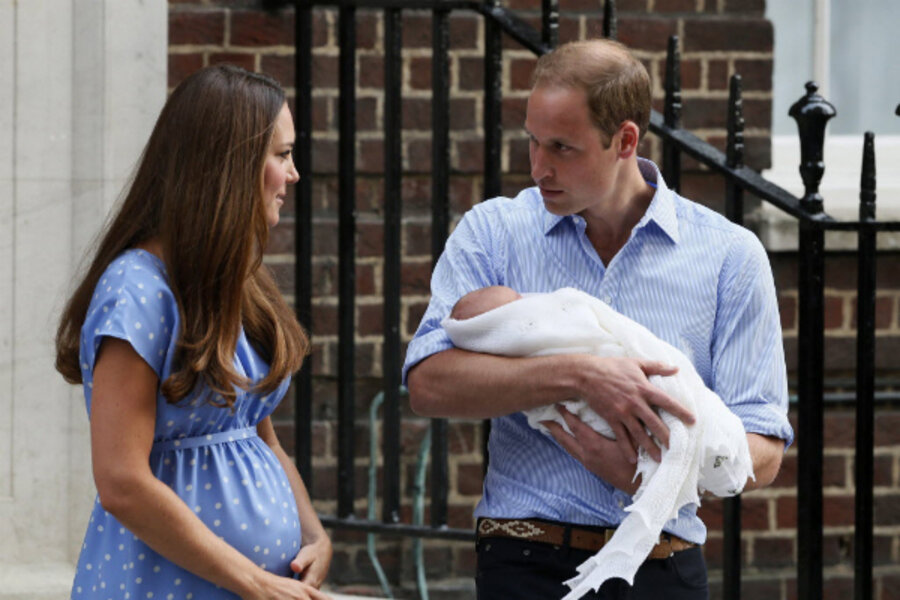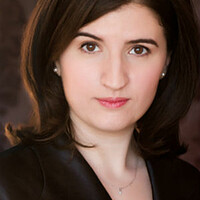First glimpse of British prince brings comments about mom's postpartum body
Loading...
Today, CNN published a photo to Facebook of Prince William and Catherine, Duchess of Cambridge, leaving the hospital with their newborn baby boy. When it came up in my news feed, I was aghast- – not at anything in the photo, but at the comments visible beneath it.
"Why is she so fat?"
"I'm sorry, but thats a BIG post partum tummy."
"i think they forgot anther baby."
"is she expecting twins?Its like something still breathing in her belly"
"is she pregnant again?"
"Kate still looks pregnant. is the a second baby?"
"Why she still look prego?"
"Whose kid is he holding? It's obvious that skank is still pregnant."
How classy.
Unfortunately (but not unexpectedly), Twitter featured more of the same:
"She's still fat. #KateMiddleTON"
"OMG Kate middleton is fat still!"
"Why is Kate Middleton still fat? What's left in there?"
"Kate Middleton still looks pregnant. Is that normal? I know there's 'baby fat' after bt it lks like she's got anthr1 in there."
As was the case with the criticisms of Marion Bartoli's looks when she won Wimbledon, these comments about Kate Middleton's body demonstrate our culture's misogyny. If a woman doesn't live up to Western society's near-impossible beauty ideals – even if she just had a baby the day before – it's open season on her. Let the potshots commence.
Considering how many celebrities hide postpartum until they can "flaunt their weight loss," and because many people seem to have no idea what a postpartum body looks like, it's terrific that Kate appeared publicly. Her public appearance can be read as an act of self-confidence. But how sad is it that simply appearing in public with her new baby would require self-confidence in the first place? It should be such a simple thing – and yet it isn't.
Instead, I am continuously disappointed that women's bodies are under surveillance, endlessly policed, subjected to the harshest scrutiny.
As a friend pointed out in a reply to me on Facebook: "Remarking on Kate's body is unnecessary not only at this time, but ever."








